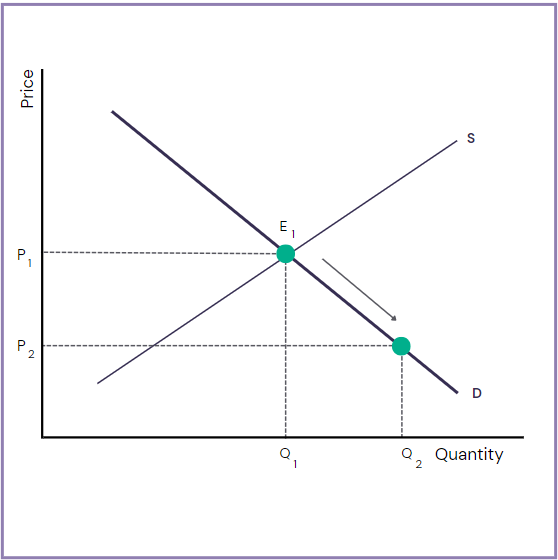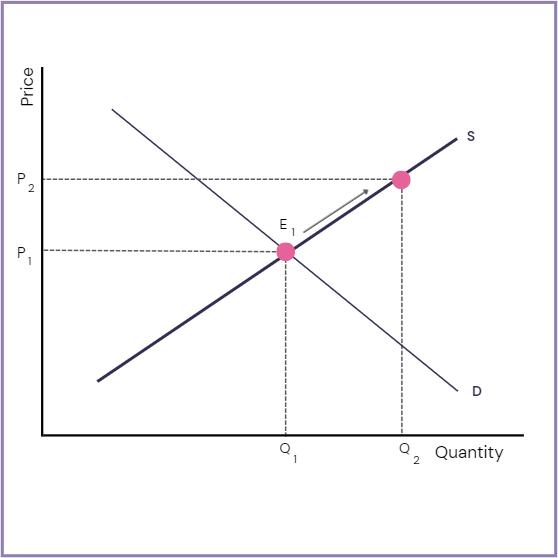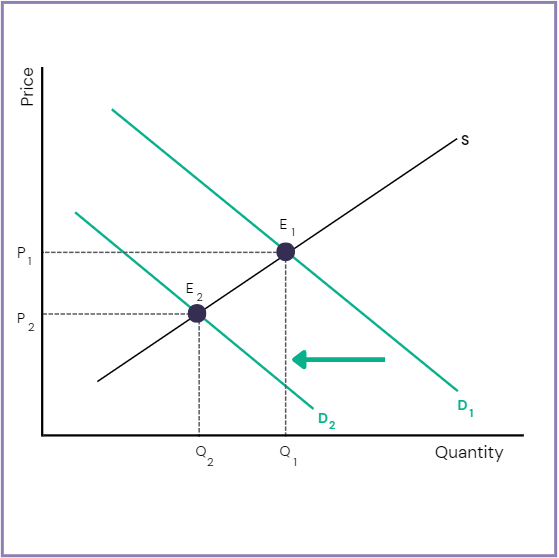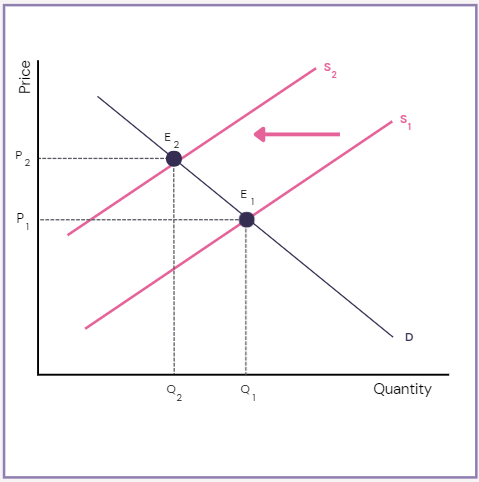Unit 2: Microeconomics
About Unit 2

New to our curriculum? Start here.
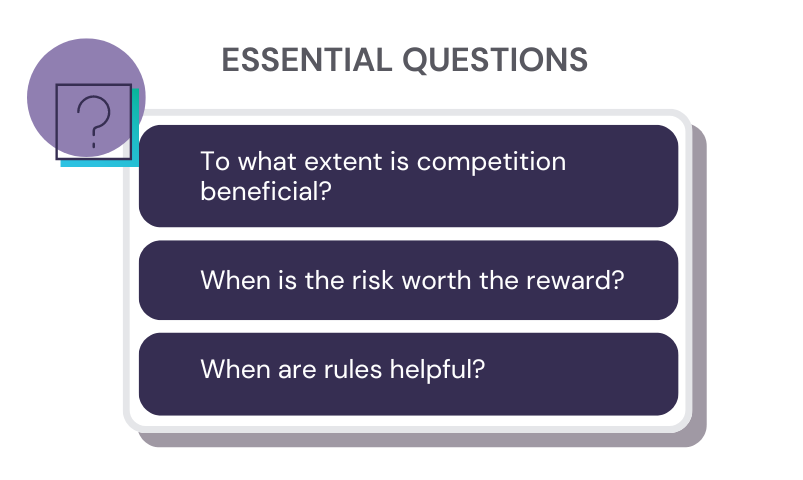
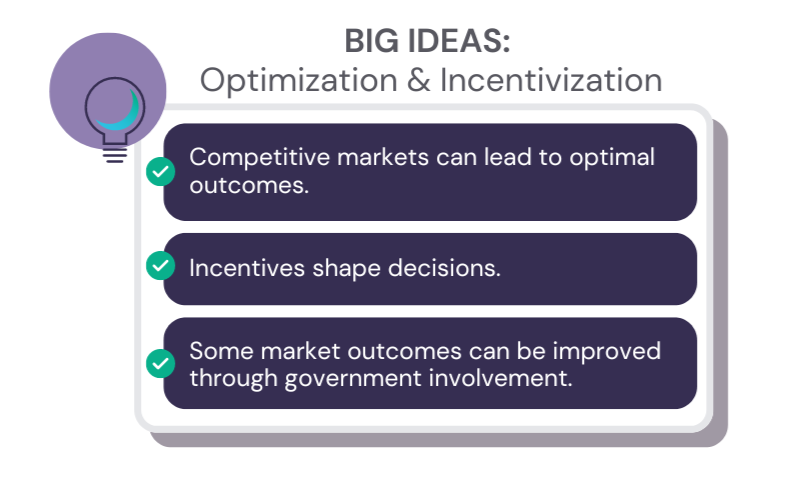
Lessons build on one another and are designed to be used sequentially. If you plan to use one of the lessons in isolation, review the Overview documents (Unit 1 and Unit 2).
2.1 Coffee Market
Engaging in a coffee market simulation, students learn how buyer-seller interactions determine prices in a perfectly competitive market.
"My students loved this lesson. They were reluctant to share their answers for the initial activator, but after participating in the coffee market, they came up with in-depth observation and made connections to real world markets." - Julie A., AZ
2.2 Law of Demand
Using data from the Coffee Market Simulation, students explore the law of demand and practice graphing the demand curve.
"There is a lot of practice embedded throughout the lesson. I have also never taught law of demand and demand shifts separate. This seemed to help them grasp the concept that price changes don't change overall demand." - Sara H. Alabama
2.3 Introduction to Firms
Students operate a competitive hat firm to prepare for mastering the law of supply.
"Students had fun, and all kinds of learning came up." Students responded "with engagement - seniors at 7:20 am, so that is huge." - Sue M., WA
2.4 Law of Supply
Students explore how prices affect the quantity supplied and practice graphing supply curves.
2.5 Shifts in Demand
Students identify factors that increase or decrease demand and practice shifting the demand curve, explaining the resulting change in market equilibrium.
"The relevant, realistic examples of shifters of demand. So often examples are generic and can make it difficult for students to see the real-life relevance of the concepts." - Sharon S., WI
2.6 Shifts in Supply
Students identify factors that increase or decrease supply and practice shifting the supply curve, explaining the resulting change in market equilibrium.
2.7 Review To Date
Through station rotations, students review key concepts from Units 1 and 2 to prepare for the first assessment.
2.8 Review and Assessment Preview*
Students review Units 1 and 2 concepts, preview the first Unit 2 assessment, and understand assessment rubrics.
*To access: Log in as member and scroll to the bottom of page.
2.9 An Economic Story*
Creating a story, students apply and demonstrate their understanding of economic concepts from Units 1 and 2.
*To access: Log in as member and scroll to the bottom of page.
2.10 Introduction to Market Failure
Through a simulation on the tragedy of the commons, students explore market failure and the government's role in addressing it.
"Students definitely understood the tragedy of the commons following this lesson, and were discussing it well when answering questions throughout the class!" - Lianne, K., NJ
2.11 Public Goods
Students learn about public goods, the free-rider problem, and how the government provides public goods to address market failure.
2.12 Externalities
Exploring positive and negative externalities, students discuss possible government interventions to remedy these market failures.
2.13 Market Structures
Introducing four market structures, students compare outcomes for consumers and firms in each structure.
"The lesson was a really helpful way to have students understand/apply the different types of market structures that exist. [Students] liked it - especially the sorting part" - Erica S., GA
2.14 Government Interference or Intervention?
Students explore different perspectives on government involvement in markets through a simulated Twitter conversation.
2.15 Labor Markets
Students study factors influencing wages and how labor market supply and demand shifts affect equilibrium wage rates.
2.16 Exploring the Minimum Wage
Through interactive activities, students analyze arguments surrounding the federal minimum wage and assess their opinions.
2.17 Income Inequality
Using manipulatives and data analysis, students explore income distribution and government redistribution programs.
2.18 Connections Across Units: Part 1
Students link concepts from Units 1 and 2 to an economic issue of their choice, preparing for the summative assessment.
2.19 Connections Across Units: Part 2
Continuing to link concepts from Units 1 and 2 to current economic issues, students prepare for the summative assessment.
2.20 Economics in Plain Sight*
Students complete an in-class assessment identifying and analyzing economic concepts from real-world sources.
*To access: Log in as member and scroll to the bottom of page.



